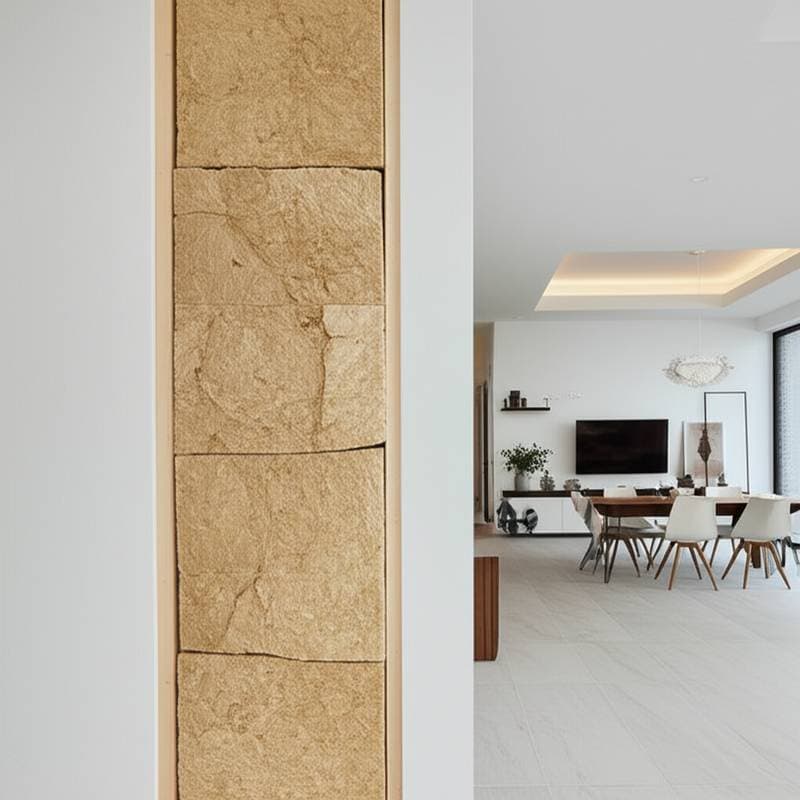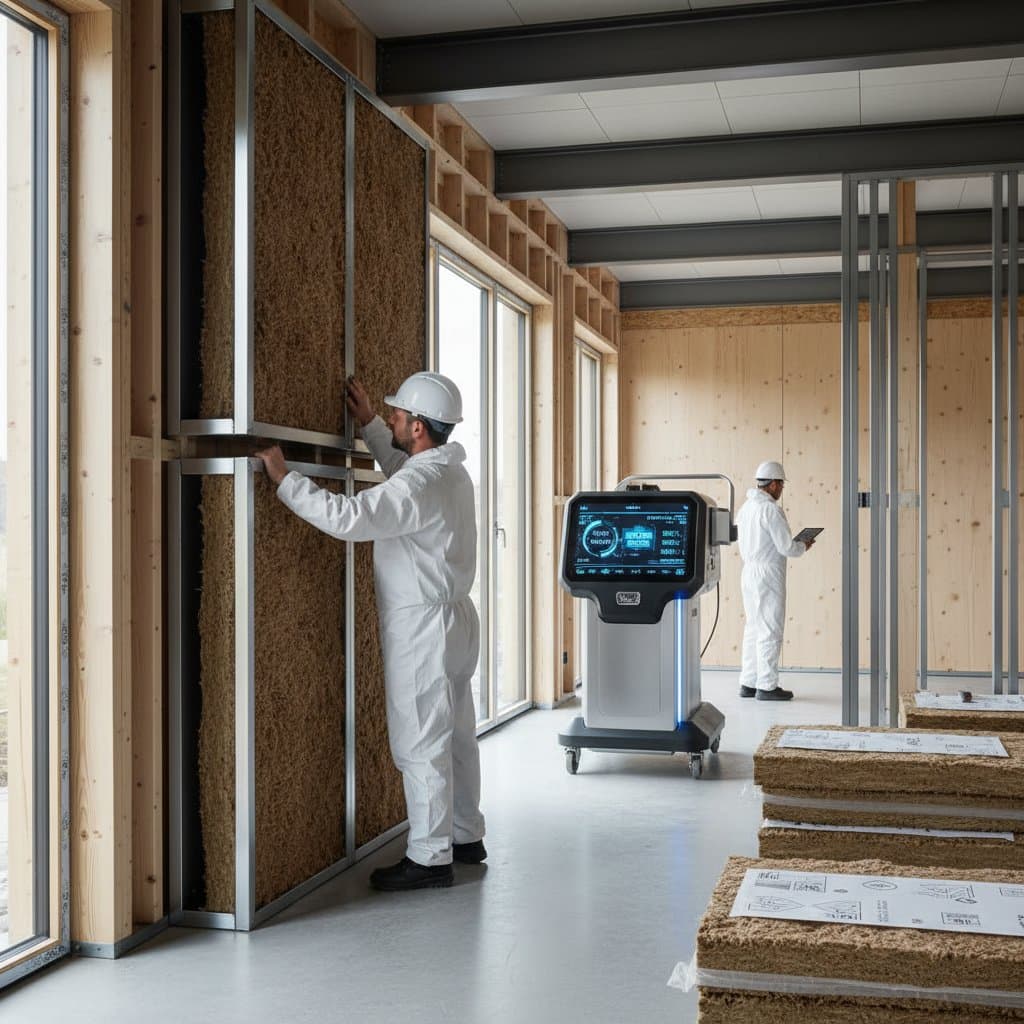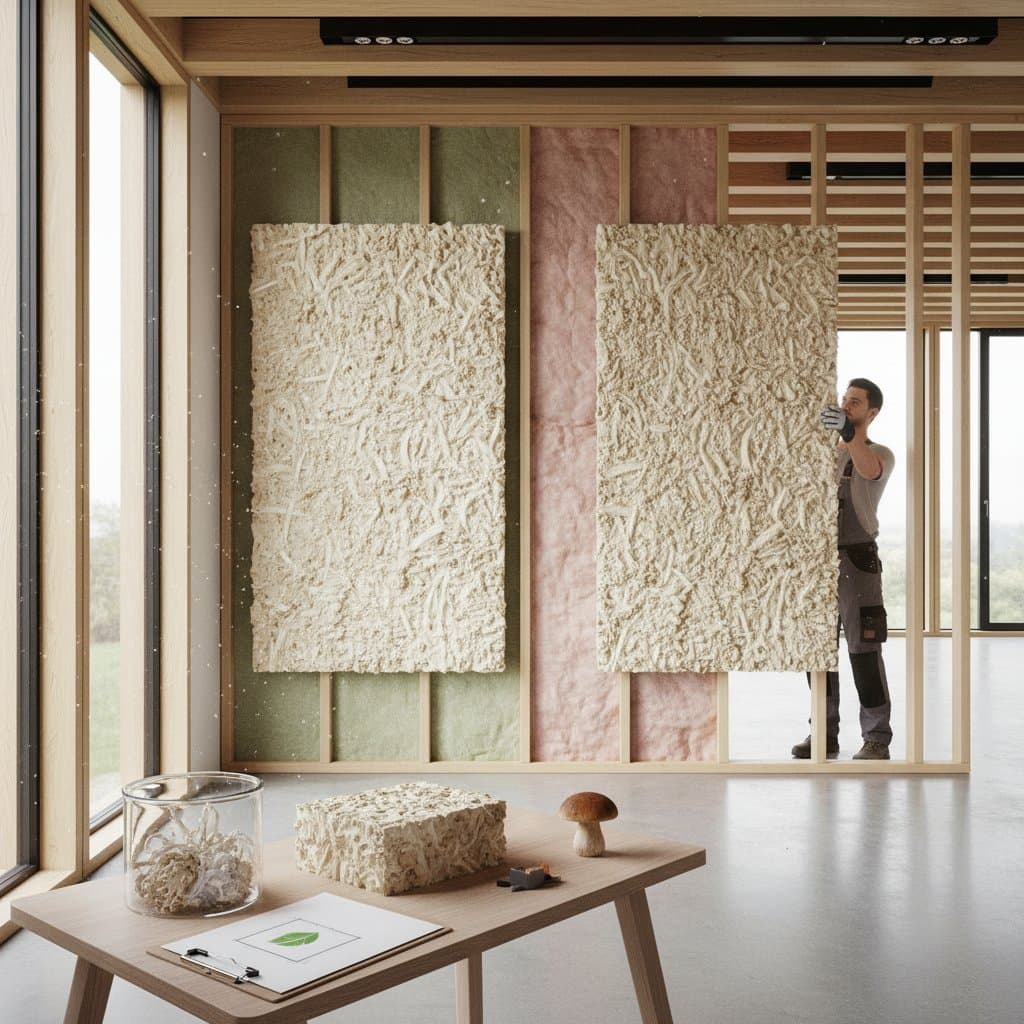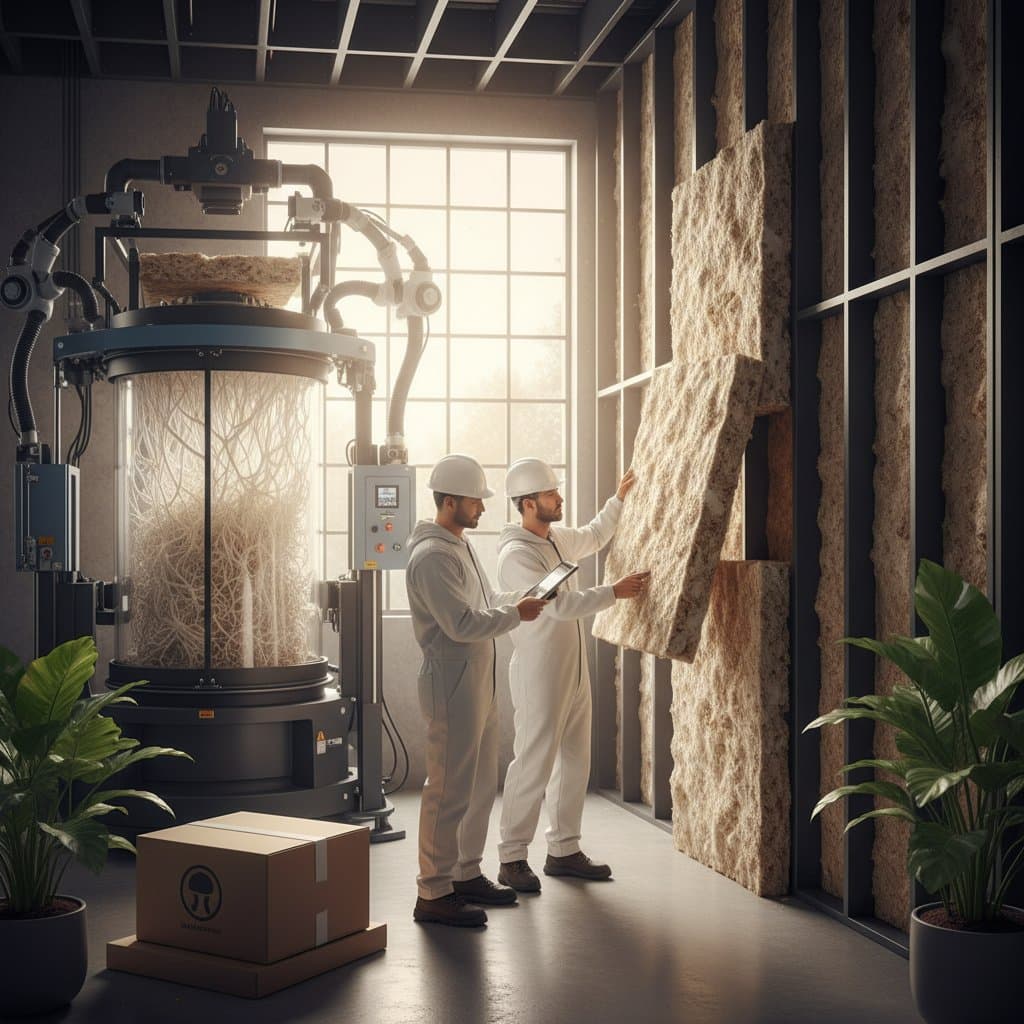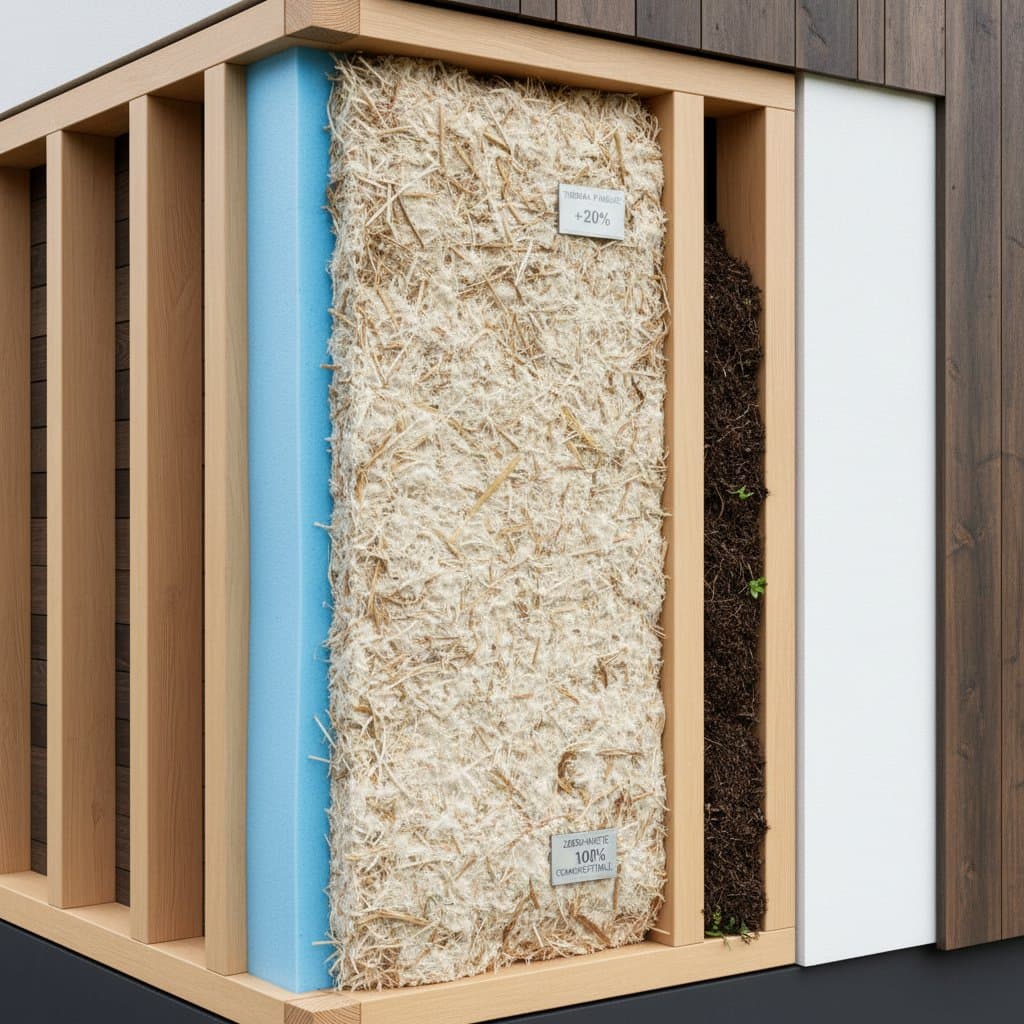Mycelium Insulation: A Breakthrough in Sustainable Home Building for 2025
Visualize an energy-efficient home constructed with materials derived from nature's own processes. Mycelium insulation, cultivated from fungal networks, emerges as a viable substitute for conventional options like synthetic foams and fiberglass. This material combines a minimal environmental impact with robust thermal properties, prompting architects and scientists to view it as a cornerstone of modern green construction.
Essential Benefits of Mycelium Insulation
Mycelium insulation reduces carbon emissions associated with construction by as much as 80 percent relative to traditional alternatives. It achieves thermal resistance levels that align with or surpass those of many established products, typically offering R-values between 3.5 and 4.0 per inch. The panels resist fire naturally, contain no toxins, and decompose completely in compost settings. Manufacturers repurpose agricultural byproducts, such as crop residues, which decreases reliance on new resources and mitigates overall ecological strain. Field trials indicate potential reductions in residential heating and cooling expenses by approximately 15 percent.
The Science Behind Mycelium Insulation
Mycelium forms the underground filament network of fungi. In production, workers inoculate substrates like hemp fibers, wood particles, or plant stalks with fungal spores in a sterile environment. The fungi colonize the material over a period of five to seven days, forming a cohesive mass that mimics foam density. Technicians halt growth via kiln drying at low temperatures, yielding durable panels suitable for insulation.
Studies from environmental research centers highlight how the material's cellular structure captures air within its voids, thereby limiting thermal conduction. This design also moderates indoor humidity levels, fostering consistent comfort without emitting harmful chemicals. Homeowners benefit from improved air quality, as the insulation avoids the off-gassing common in petroleum-derived products.
Mycelium Versus Conventional Insulation Options
| Property | Mycelium Insulation | Fiberglass | Spray Foam |
|---|---|---|---|
| Source Material | Agricultural byproducts | Extracted silica sand | Derived from fossil fuels |
| Carbon Footprint | Minimal during production and use | Moderate from energy use | Elevated from chemical synthesis |
| Fire Resistance | Inherent without treatments | Needs chemical treatments | Needs chemical treatments |
| End-of-Life Handling | Decomposes in soil | Requires landfill burial | Difficult to recycle |
| R-Value per Inch | 3.5 - 4.0 | 2.9 - 3.8 | 3.6 - 6.5 |
Although spray foam occasionally delivers superior insulation density, its production contributes substantially to greenhouse gases. Fiberglass demands high-energy processing and poses health risks during handling due to fiber irritation. Mycelium strikes an optimal balance, delivering reliable performance alongside ecological advantages and user safety. Builders achieve compliance with rigorous sustainability standards while ensuring occupant well-being.
Reasons Builders and Homeowners Adopt Mycelium
Professionals in construction value the material's straightforward integration. Panels cut to precise dimensions install seamlessly into wall frames or ceiling joists, supporting both renovations and ground-up projects. Residents prioritize its inert composition, which supports allergy-free environments and stable temperatures year-round.
Materials expert Dr. Lena Ortiz observes, "The shift toward mycelium insulation reflects a broader movement toward regenerative materials that give back more than they take." Developers leverage it to attain net-zero targets, while individuals seek residences that enhance global ecosystems. Initial pricing positions mycelium at 10 to 20 percent above fiberglass costs per square foot. However, calculations incorporating reduced utility bills, rebates for green innovations, and avoided disposal charges reveal payback periods of five to seven years in demonstration installations.
Steps to Integrate Mycelium Insulation Effectively
Follow these guidelines to incorporate mycelium into your project:
- Engage a builder certified in sustainable practices who understands biological materials.
- Choose appropriate configurations, including solid panels for exterior walls or granular fills for overhead spaces like attics.
- Incorporate vapor-permeable wraps to allow natural airflow and prevent condensation buildup.
- Confirm that suppliers adhere to hygiene protocols during cultivation to guarantee material integrity.
- Research regional grants or credits available for installations using renewable, biodegradable components.
Advancing Homes with Biological Materials
Mycelium insulation transcends mere replacement of outdated substances. It embodies a paradigm where living organisms enhance architectural resilience. Innovations on the horizon include on-site cultivation techniques that minimize logistics and debris.
As adoption grows, this material transitions from research prototypes to widespread availability in building centers. Consider its application in your next upgrade or build to secure lower energy demands and a lighter environmental load.
